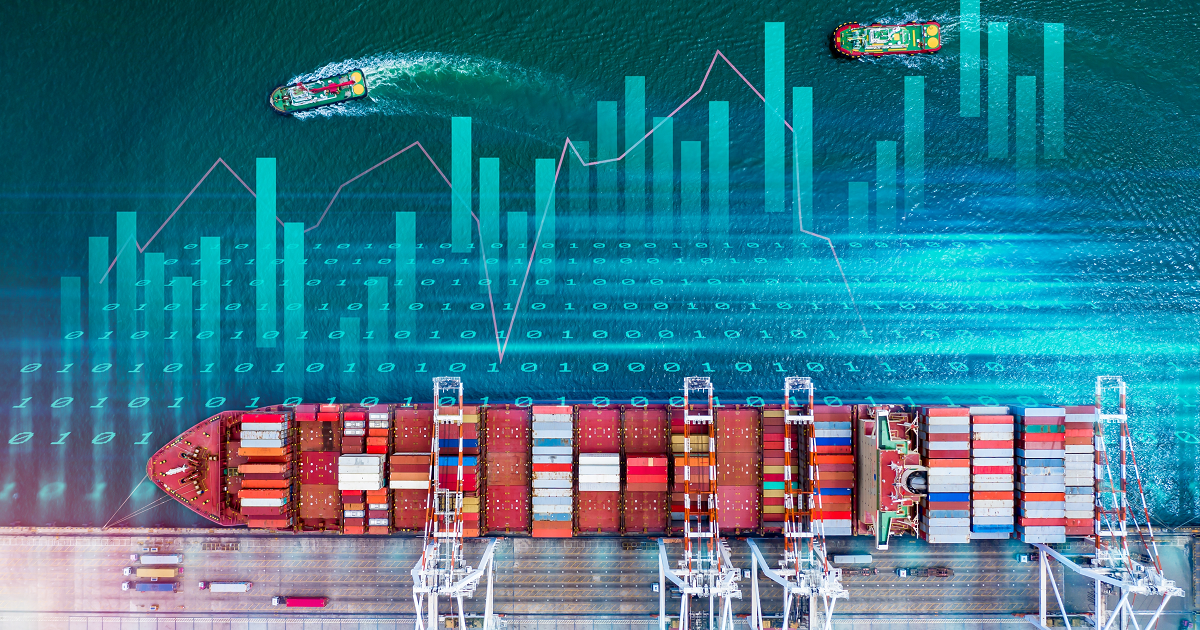Maritime Competition: Vietnam’s Coastal Port Strategy
Vietnam’s strategic position along the South China Sea provides it with a unique geographic advantage for maritime trade. As Southeast Asia’s export powerhouse continues to grow, the Vietnamese government is aggressively modernizing its coastal port infrastructure to remain competitive against regional rivals such as Singapore, Malaysia, and Thailand. With its coastal development strategy through 2030, Vietnam aims to create a network of deep-water ports that will anchor its rise as a global logistics and manufacturing hub.
In this blog, we examine Vietnam’s coastal port strategy, the competitive landscape in the region, and how this transformation benefits manufacturers, exporters, and international buyers seeking long-term logistics advantages.
Why Vietnam’s Ports Matter More Than Ever
Vietnam’s maritime economy accounts for a significant portion of its GDP and plays a critical role in its export-driven model. Over 90% of the country’s trade volume moves through seaports. With the rise of global e-commerce and shifting sourcing patterns due to U.S.-China trade tensions, Vietnam’s ports are now at the center of global attention.
Key coastal ports such as Hai Phong, Da Nang, and Cai Mep-Thi Vai are being expanded to accommodate larger vessels, enable better connectivity, and reduce turnaround time for international shipments. These improvements also signal growing opportunities for U.S. importers who rely on Vietnam for manufacturing solutions.
Vietnam’s Coastal Port Development Plans
Vietnam’s Ministry of Transport has outlined a maritime development strategy to 2030 with a vision to 2050. Key highlights of this initiative include:
-
Developing five major port clusters: These include northern (Hai Phong), central (Da Nang), southern (Cai Mep-Thi Vai), and Mekong Delta-based ports.
-
Deepening port capacity: Enhancements will allow Vietnam’s major ports to handle Post-Panamax and ultra-large container vessels (ULCVs).
-
Public-private partnerships (PPP): Encouraging foreign investment to modernize port infrastructure and logistics zones.
The growing port infrastructure supports the rising number of international buyers engaging with a bestsourcing agent Vietnam to streamline their procurement processes across the supply chain.
Port Performance: How Vietnam Compares
In terms of container throughput and global rankings, Vietnam is steadily closing the gap with its regional peers:
-
Cai Mep International Terminal (CMIT) is one of the few ports in Southeast Asia that can receive 200,000 DWT vessels.
-
Hai Phong Port, the leading port in northern Vietnam, has seen consistent growth due to its proximity to key industrial zones like Bac Ninh and Hai Duong.
-
Da Nang Port is expanding its capacity to serve as a key transshipment hub for central Vietnam and the Greater Mekong Subregion.
These developments are reshaping Vietnam’s logistics capacity and drawing more manufacturers and sourcing companies to the region. Buyers working with a bestsourcing agent Asia gain a competitive edge by tapping into these upgraded port networks and optimizing export flows.
Advantages for International Manufacturers and Buyers
1. Shorter Shipping Times to Key Markets
Vietnam’s proximity to key international shipping routes allows goods to reach major U.S. West Coast ports within 16–20 days. As port infrastructure improves, container dwell times are decreasing, which leads to faster customs clearance and reduced inventory costs.
2. Lower Congestion Compared to Regional Ports
Ports like Cai Mep are far less congested than Singapore or Hong Kong, providing quicker turnaround and less risk of delay. This is particularly beneficial for time-sensitive goods such as electronics, fashion, and perishable items.
3. Cost-Effective Logistics Support
With investments in inland container depots (ICDs), rail links, and port-side logistics parks, Vietnam is building an efficient multi-modal logistics network. Businesses engaging a bestsourcing agent Vietnam benefit from localized support in navigating customs, paperwork, and transportation services.
Strategic Port Examples and Their Role
Cai Mep-Thi Vai (Southern Vietnam)
One of the fastest-growing ports in Southeast Asia, Cai Mep is a deep-water terminal capable of handling mother vessels directly to the U.S. and Europe. Its direct shipping lines significantly reduce transshipment times and fuel costs.
Hai Phong (Northern Vietnam)
This port supports industrial clusters in northern provinces, including electronics hubs and textile exporters. The new Lach Huyen Terminal project has significantly boosted Hai Phong’s container handling capacity.
Da Nang Port (Central Vietnam)
Though smaller in scale, Da Nang is critical for regional trade with Laos and Thailand. The expansion plan includes logistics centers and free trade zones, increasing its role as a trade conduit for central Vietnam.
With sourcing becoming more decentralized, these ports allow businesses to diversify operations across the country, minimizing risk and maximizing shipping flexibility.
How Sourcing Agents Fit into Port Strategy
Vietnam’s complex logistics network demands experienced local partners to manage supply chain execution effectively. A bestsourcing agent Asia ensures:
-
Factory coordination with freight forwarders
-
Shipment consolidation to reduce costs
-
End-to-end visibility on port clearance and delivery timelines
This type of service is essential for companies that want to scale their operations without building a local office or staff presence in Vietnam.
Future Outlook
By 2030, Vietnam aims to handle over 1.14 billion tons of cargo annually through its seaports. New port-city linkages, upgraded customs facilities, and logistics zone investments will strengthen Vietnam’s position in the global maritime trade network.
Emerging technologies such as port automation, blockchain-backed customs clearance, and AI-enabled logistics forecasting are expected to play a greater role in the next decade. Sourcing agents who understand both manufacturing and shipping dynamics will be key to navigating this new terrain.
Final Thoughts
Vietnam’s coastal port strategy is not just about infrastructure—it’s about reshaping its identity as a resilient, future-ready sourcing destination. With streamlined maritime networks, reduced transit times, and increased foreign investment, the nation is set to become a global logistics stronghold.
Businesses that partner with a knowledgeable bestsourcing agent Vietnam will find themselves well-positioned to benefit from these improvements. As competition in maritime trade intensifies, those who act now will be best equipped for the next wave of global supply chain transformation.
